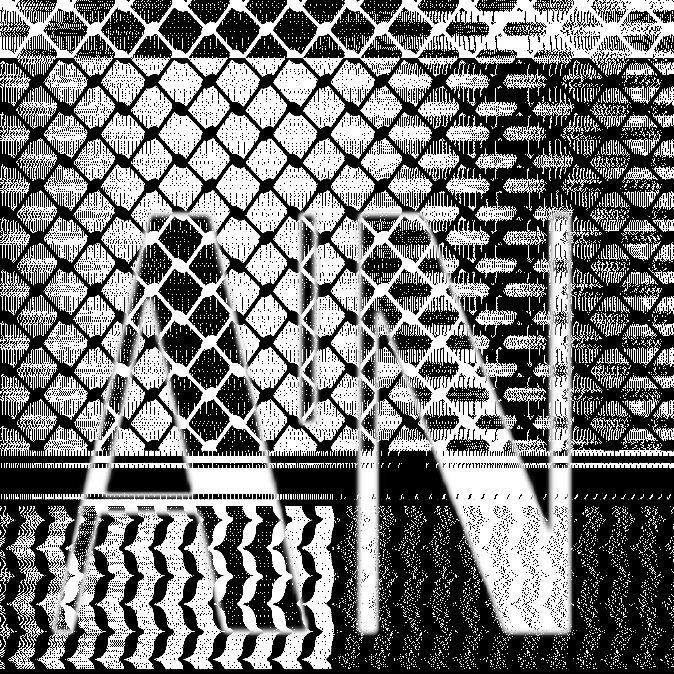Unionization has been one of The Architecture Lobby’s core campaigns since its inception. We have worked to build networks of solidarity among previously unorganized architectural workers, compiled resources and educational materials on the potential benefits of unionization for our sector, and provided organizational support for workers interested in beginning unionization campaigns at their workplaces. With the collective bargaining power architectural workers stand to harness through unionization–first as bargaining units in individual offices and eventually as a significant network of organized offices–we can realize foundational shifts in how, why, and for whom we work. By building power within our sector, we are creating a foundation to organize in solidarity alongside other workers and movements. While The Architecture Lobby is not itself a union, it will continue to create a space for union-minded workers to safely discuss their conditions.
A union’s highest mandate cannot be reduced to antagonism with firm owners. Rather it is the recognition of the collective power to ensure an equitable office, a just profession, and a resilient built environment. This begins at the scale of a single office with basic demands like pay equity, promotion transparency, manageable workloads, and abuse-free, dignified treatment of all workers — a simple recognition that workers deserve a seat at the table when decisions are made that affect their labor, their livelihoods, and their lives. As we achieve greater union density in architecture, with more and more firms in the United States opting for collectively organized workplaces, workers can bargain across contracts toward larger systemic change. This is the key to architectural workers having greater influence over the most urgent issues of our times.
We can look to examples of this in other organized fields– the SEIU nurses working with healthcare activists were instrumental in passing the Affordable Care Act; the Chicago Teachers Union has also worked alongside community activists for causes including access to affordable housing and sanctuary school protections for their students. These union workers inextricably linked their own working conditions to the needs and aspirations of their neighbors. In architecture, we can advocate for progressive legislation for the built environment that would allow the profession to move beyond its status as luxury commodity toward serving the common good. As architectural workers, we could call for legislation that protects the rights of tenants in public housing, access to affordable housing more broadly, and a just decarbonization of our sector. An organized architectural sector would be better positioned to work hand in hand with allied disciplines––cultivating a more respectful relationship with the building trades, formulating more substantive exchanges with academia, and connecting more intentionally to users of the built environment through media.
In unions, we are not seeking to merely place workers at the top of a crumbling old boys hierarchy. Rather through unions, we are constructing an entirely different approach to producing the built environment, one that sees architectural work as dignified work that is intimately connected to the needs of our neighbors both locally and globally. A union is not a service that hands down perfect work culture while hamstringing owners. A union is a tool for building stronger relationships and systems of support from the bottom up. It does not exist outside of the decisions and desires of the workers who operate it. It is only as strong as the relationships that it creates. It is only as liberatory as its members dare to demand.



